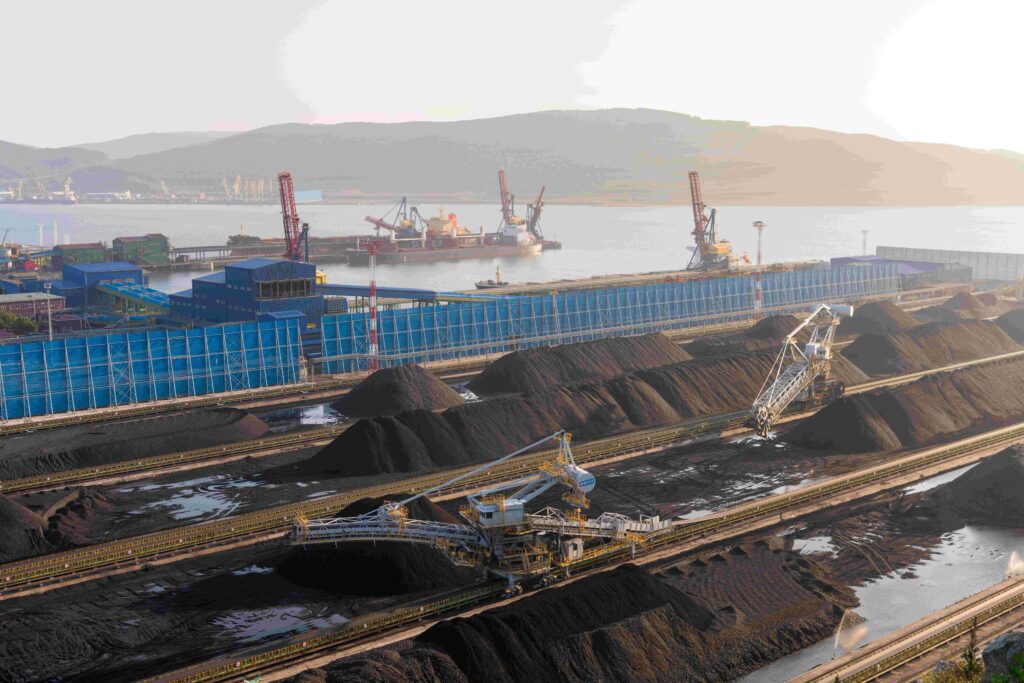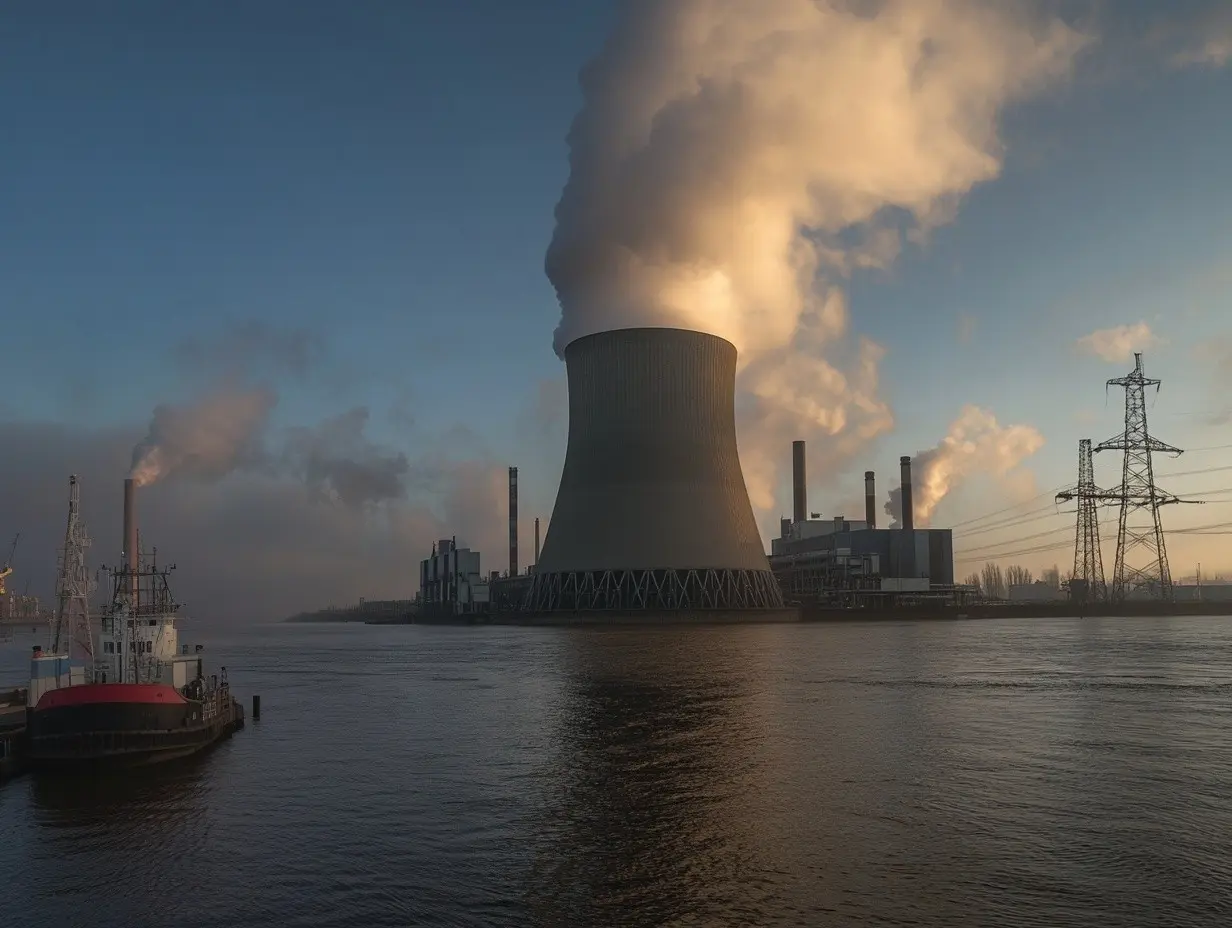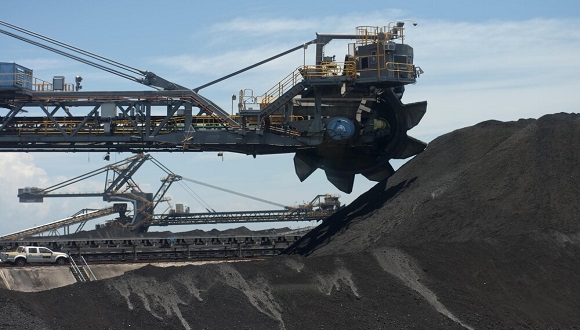

Last week, European thermal coal indices corrected above the level of 110 USD/t. Quotes were supported by rising prices in the gas and electricity markets, a reduction in stockpiles, as well as an increase in power generation in Germany.
Gas quotations at TTF hub strengthened to 392 USD/1,000 m3 (+1 USD/1,000 m3 w-o-w), driven by concerns of a complete cessation of gas supplies from Russia. Coal stocks at ARA terminals decreased to 5.24 mio t (-0.07 mio t w-o-w).
South African High-CV 6,000 slipped below 108 USD/t amid limited demand in India. The political uncertainty, surrounding the South African elections, was lifted as the ruling ANC party managed to establish a coalition with the main opposition party Democratic Alliance (DA), making Cyril Ramaphosa to stay president for the next 5 years and keeping the country’s resource policy unchanged, while the other party Economic Freedom Fighters (EFF) advocated nationalization of mining assets.
The Thungela company said that its stockpiles at open-pit mines and underground mines will expand significantly or the company will have to cut production if South African rail operator Transnet does not boost coal transportation to seaports by at least 20% in H2 2024. South African coal exports fell to 4.2 mio t in May this year (-0.7 mio t m-o-m).
In China, spot prices for 5,500 NAR coal at the port of Qinhuangdao weakened 1 USD/t to 122 USD/t, impacted by higher production and stockpiles, as well as a more than 40% increase in hydro generation in the first half of June to 4.97 TWh/d, while coal generation for the period declined 13% to 13.7 TWh/d.
China’s coal production rose to 384 mio t in May from 372 mio t in April. The National Development and Reform Commission (NDRC) urged provinces to prepare sufficient reserves to overcome the prolonged heat wave expected over the next two months. For the same purpose, the NDRC plans to coordinate with other ministries to increase coal, gas and electricity supplies.
In addition, heavy rains in south and central China are putting additional pressure, offsetting a possible surge in coal consumption on the back of high temperatures. The rains are expected to last until mid-July in regions along the Yangtze River and could lead to flooding. There are also growing concerns about the risk of low-quality coal spontaneously combusting at ports, prompting the administration to push traders to get rid of surplus stocks at a rapid pace.
Inventories at the 6 largest coastal thermal power plants marginally grew to 14.7 mio t, while coal consumption advanced from 787 kt/day to 821 kt/day. Stocks at the 9 largest ports totaled 27 mio t (+1 mio t w-o-w).
Indonesian 5,900 GAR dropped to 93 USD/t (-0.70 USD/t w-o-w) due to ample supply and limited demand in the Asia-Pacific, where stockpiles are at high levels. While rains continue in Indonesia, unfavorable weather conditions affected operations of minor mining companies only, therefore this factor did not provide much support to prices.
Australian High-CV 6,000 strengthened to almost 135 USD/t, following the dynamics of the European market, as well as reacting to the introduction of new US sanctions against Russian coal companies.
Australian HCC metallurgical coal quotations kept holding at 255 USD/t on the back of subdued activity on the spot market, with competition from Canadian suppliers increasing supply. In China, the data showed an uptick in steel production in May to 3 mio t/day (+0.14 mio t or +5% vs. April 2024), driven by a rebound in steel business margins.
Significant growth of Low Vol PCI quotations was caused by reduction in supply of Australian and Russian material for July-August along with a purchase by an Asian steelmaker of a 50 kt vessel at 185/t by with loading on August 1-10.
Source: CAA













